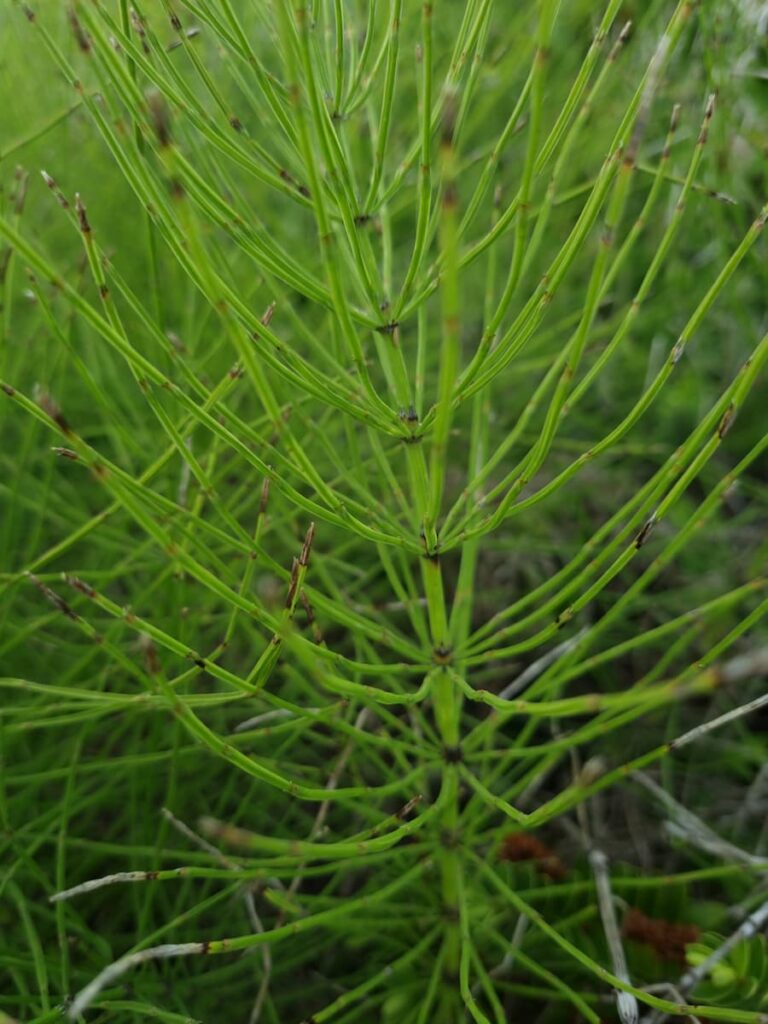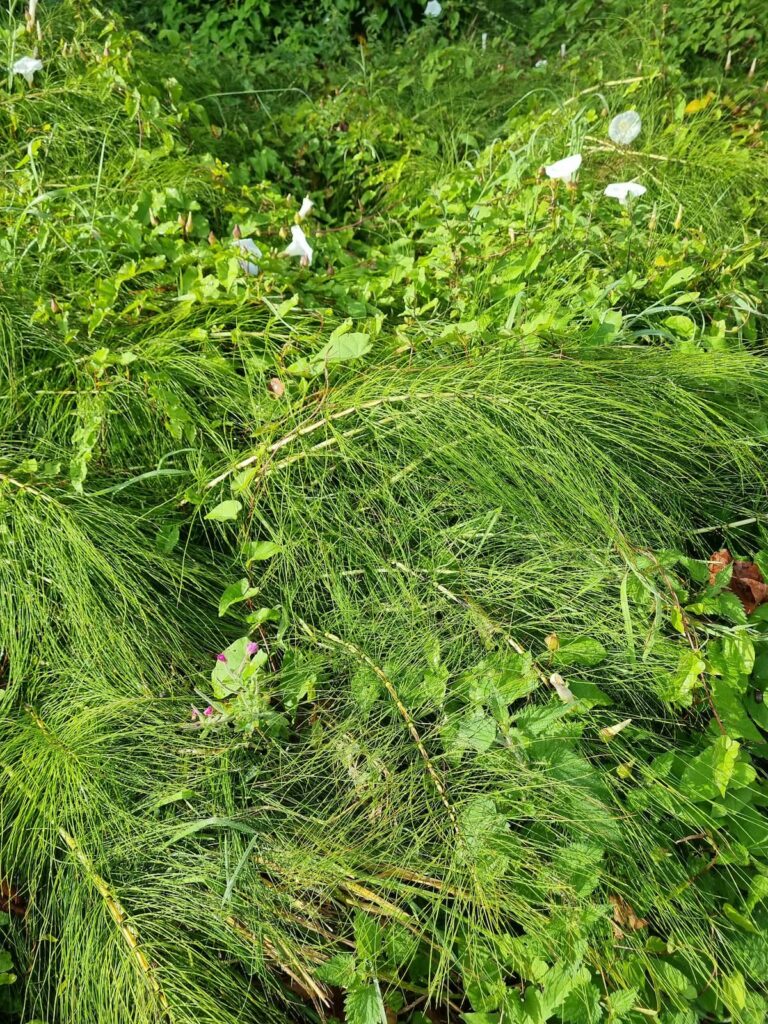Contents
- Introduction
- Understanding Field Horsetail
- The Invasive Nature of Field Horsetail
- Problems Faced by UK Landowners
- Effective Strategies for Field Horsetail Control
- Conclusion
- Resources
Introduction
Field Horsetail (Equisetum arvense), also known as mare’s tail, is a persistent and invasive weed that poses significant challenges for landowners across the UK. With its rapid spread and resilient nature, this perennial plant can wreak havoc on agricultural land, gardens, and even construction sites. In this blog post, we will delve into the problems that field horsetail causes for UK landowners and explore effective strategies for its control.
Understanding Field Horsetail
Field horsetail is a primitive plant species that has been around for millions of years. It reproduces through spores and underground rhizomes, making it incredibly tenacious and difficult to eradicate. Its hollow, bamboo-like stems, topped with brush-like foliage, can reach heights of up to 80cm.



The Invasive Nature of Field Horsetail
Field horsetail’s ability to spread rapidly is one of the primary reasons it becomes problematic for landowners. It thrives in a wide range of soil conditions and climates, making it adaptable to various environments. Its spores can travel long distances, aiding its colonisation of new areas.
Problems Faced by UK Landowners
Field horsetail can cause numerous problems for UK landowners, including:
Agricultural Impact:
Field horsetail can quickly colonise agricultural land, reducing crop yields and competing with desired plants for nutrients and sunlight.
Garden Invasion:
It can invade gardens, where its dense growth can suppress ornamental plants and hinder the aesthetic appeal of the landscape.
Construction Site Disruption:
Field horsetail can infiltrate construction sites, compromising the stability of buildings, roads, and other structures.
Legal Liabilities:
If field horsetail spreads from your property to neighbouring land, you may be held legally responsible for the damage caused.
Learn more about Field Horsetail Identification
Effective Strategies for Field Horsetail Control
While complete eradication of field horsetail is challenging, employing various control strategies can help manage its invasive nature:
Cultural Control:
Regular mowing, hand-pulling, and digging out rhizomes can help weaken field horsetail populations.
Herbicide Application:
Selective herbicides can be used to target and control field horsetail. However, caution must be exercised to avoid harming desired plants.
Prevention Strategies:
Implementing preventive measures, such as maintaining healthy soil conditions, promoting native plant growth, and regular monitoring, can help reduce field horsetail invasions.
Conclusion
Field horsetail poses significant challenges for landowners across the UK. Its invasive nature and ability to spread quickly can wreak havoc on agricultural land, gardens, and construction sites, leading to economic losses and legal liabilities. By understanding the problems it causes and implementing effective control strategies, landowners can mitigate the impact of field horsetail and protect their properties.
Resources
The Postcode Areas We Serve
Gloucester and Swindon
Birmingham and the Midlands
Bristol and the South West
Cardiff and South Wales










